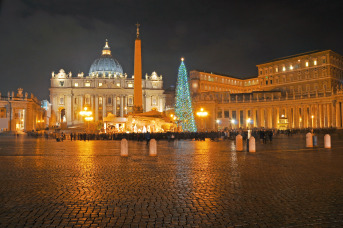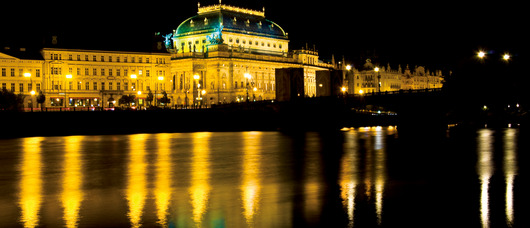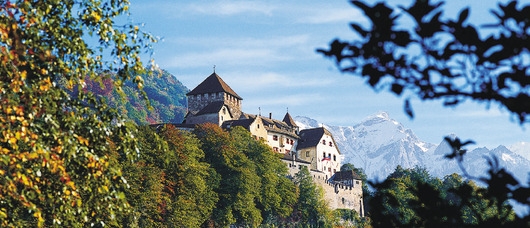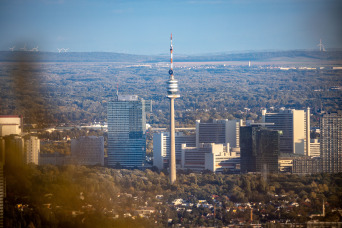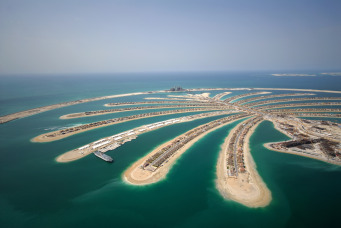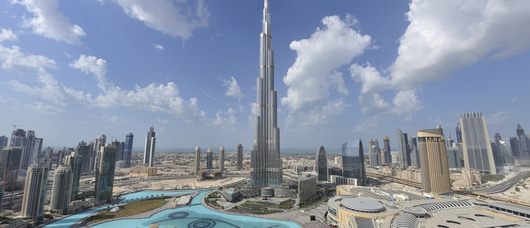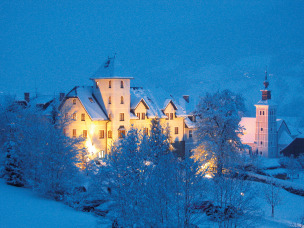“A Warm Welcome” at Tower Bridge
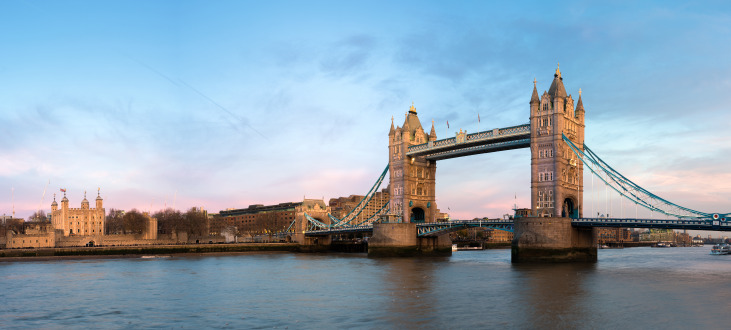
“A Warm Welcome” at Tower Bridge
It is one of the most famous tourist attractions in the world. It has been lifting its two bascules to welcome through passing ships for 150 years. Hoval is now offering visitors a warm welcome inside the bridge too – with a new heating system.
- Other building
- Renovation
- Oil/Gas
Traffic problems and other hurdles
When Joseph Bazalgette submitted his plan for Tower Bridge in the 1870s, he had no idea that the approval alone would take years to come through. The city was experiencing tremendous traffic problems and this new construction was supposed to resolve them. A new roadway across the Thames was required without impeding shipping traffic.
Finally, in 1894, the bridge was officially opened and the whole world marvelled at the feat of engineering. Tower Bridge could raise its lower bascules in just two minutes to allow ships to pass through.
The recent refurbishment of an exhibition space demonstrated once again how important meticulous forward planning is. As part of the project, the engineers from Brinson Staniland Partnership and the construction company T Brown Group also planned to renovate the outdated heating system.
Appointed purveyor to the Queen
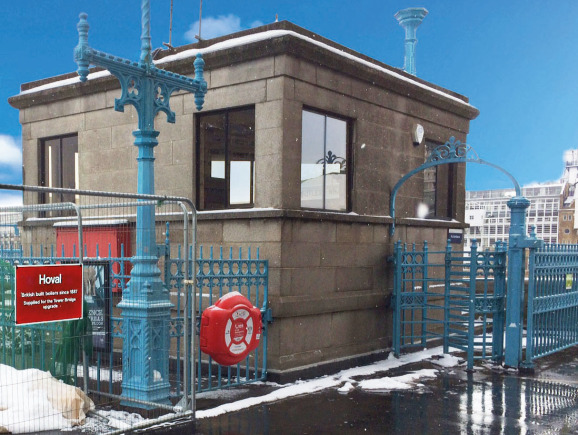
As the appointed purveyor to the Queen, Hoval was able to stand out from the other competitors. Hoval was therefore granted the honour of providing visitors to Tower Bridge a warm welcome with visionary technology.
The goosebumps you get after walking along the glass floor of the footbridge – 42 metres above the murky Thames – quickly disappear when you step inside the temperate exhibition and event spaces.
The first challenge of the heating system modernisation project was that regulations required the use of a condensing boiler. However, the listed building status prevented the necessary technical measures from being performed inside the bridge pillars of the neo-Gothic building.
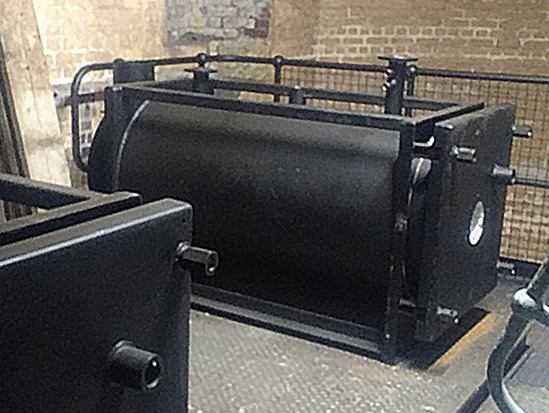
Hoval SR-plus boilers provide high efficiency with low NOx emissions in a range of output levels for use with gas, oil or dual fuel. They use a tried-and-tested re-ignition pattern to ensure virtually complete combustion.
After lengthy discussions, the officials of the City of London finally granted special permission for a customised, non-condensing boiler system comprising four highly efficient low-NOx Hoval SR-plus 225 boilers. And the ErP Directive was not the only reason for the decision to provide fully modulating burners separately in both boiler houses.
John Pearson, Project Design Manager at T Brown recalls that accessing the boiler houses down narrow passageways, up steep staircases and ladders and around tight corners was the next hurdle.
This is why Hoval supplied the boiler completely knocked down (CKD).
All individual components were assembled and welded on site and the hydraulics were then inspected by Hoval engineers. Then the housing, burners and control systems could be assembled.
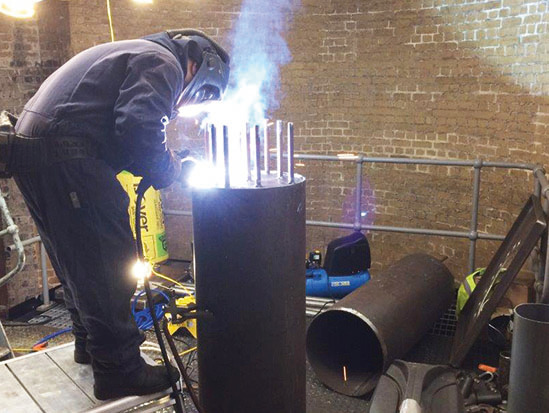
The fact that all this was carried out on a platform that had been specially extended for the boilers and which hung 15 m above the ground may even have impressed the great Victorian master architect Bazalgette. He would certainly have been amused by the fact that the majority of deliveries had to be made at night. This was to avoid causing traffic problems on Tower Bridge and in the centre of London…

